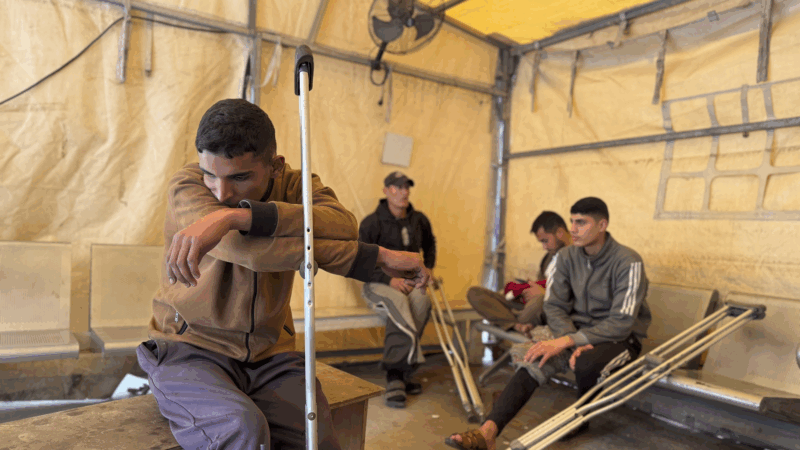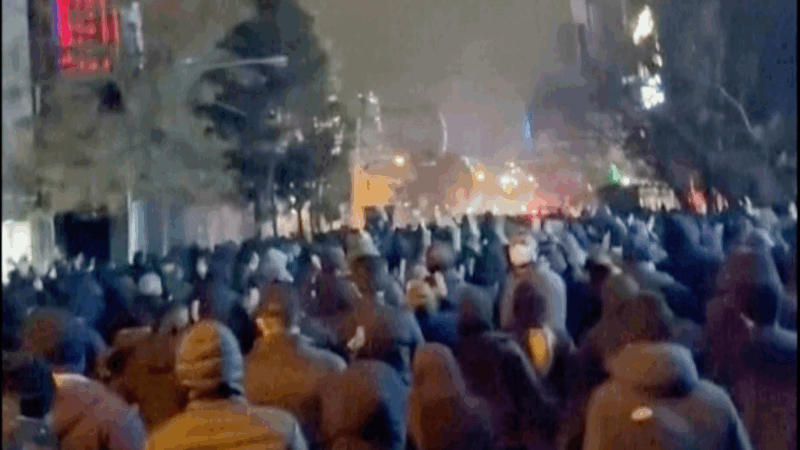Asian Soybean Rust
It’s a sunny but cold Mid November Saturday in Dothan. The cold is what’s
killing a big bed of kudzu between cotton fields and the passing cars on
highway 431. But not all the plants are dead, and some of those are
host to a devastating little devil-the Asian Soybean rust spore. The spore sucks
the life out of kudzu, which wouldn’t bother many horticulturalists… but
the spore also has a taste for another legume – Soy beans. Infected plants can’ t mature-meaning, smaller harvests and smaller revenues for farmers. And it’s
difficult to contain the fungi because it moves with the wind.
The spore originates in Asia and took the scenic route over to the states,
stopping off in Africa and South America. Before the diseased arrived, climatologists believed it would take the perfect storm to scoop up the spores in
Brazil and carry them over the ocean before dumping them along the Gulf Coast.
That perfect storm came in the form of Hurricane Ivan, which dumped millions upon millions of rust spores in the southeast. Shortly after the storm, scientists detected spores in Louisiana. Soon after, they found them in Georgia, Alabama, Florida, and within a year the range of the spores stretched from Texas to North Carolina.
“It’s certainly important to know the where the spores are and how widespread the disease is.
That’s Dr. Robert Wisner, an economist and grain-marketing specialist at
Iowa State University. Wisner sits on the Iowa Soybean Rust Task Force, which is
charged with protecting that state’s $2 billion soy crop. So far rust spores haven’t made their way up to the Midwest. But Wisner says eventually they will, and farmers in Iowa need to know what’s going on in Alabama and the rest of the southeast.
“That gives us some clues as to the likely hood of those spores blowing in to Iowa.
Currently, farmers fight the disease with expensive fungicides that have to
be applied at a specific time to be effective. If a farmer is late to spot the rust, and has to spray the crops twice, that could eliminate any profit the soybeans would have been brought in. So while climatologists watch the wind patterns, plant pathologists like Auburn University’s Ed Sikora are watching the ground. Sikora is a leading figure in the fight against spores. He’s also set the record for the most spore discoveries in a single day.
“My competitive juices were running because Georgia was getting ahead of us. So over about a 24-hour period, I traveled up the eastern edge of Alabama going county to county and looking at kudzu patches and soybean fields and I managed to find rust in ten counties along that edge.
The Alabama-Georgia Border is ground zero for the rust spores, and there’s
lots of friendly competition between scientists from the two states. University of Georgia researchers say they were in awe of Sikora’s mad dash to track the spore. But the Georgia researchers are also gaining attention for their work in the fields.
“I think the only thing more boring than rating plots is you watching me rate plots.”
He may think it’s boring, but Dr. Bob Kemeriat’s work could save farmers billions of dollars. On a windy weekday afternoon, Kemeriat is in Attapulgus, Georgia, looking over soy leaves. He’s interested in how quickly the plants succumb to the
fungi.
“You can see it starts in the lower canopy; a few leaves are
dropping, as you move up to towards the top of the plant it’s not there.
Kemerait is searching for the spores-which look like little balls of rust
you’d find on an old washing machine or tin can.
“Unless you knew what you were looking for, you’d never see it. Especially if you were scouting a field driving by in your pick-up truck, it’d be tough.
Kemeriat is joined in the field by Dr. Leila Skonyers. They’re searching with hopes of finding what they call the Holy Grail of soy – a rust proof plant.
“So far we haven’t been able to find that Holy Grail plant. Most
Legumes we come across have some sort of susceptibility to rust. But if we do
find it will be of great help to the grower.
But for now, the biggest help to farmers isn’t scientists with a friendly
AL-GA rivalry. It’s mother nature. Growers are hoping it gets cold enough in
places like Dothan, to kill the kudzu, and the soybean rust spore.
Venezuela’s exiles in Chile caught between hope and uncertainty
Initial joy among Venezuela's diaspora in Chile has given way to caution, as questions grow over what Maduro's capture means for the country — and for those who fled it.
Inside a Gaza medical clinic at risk of shutting down after an Israeli ban
A recent Israeli decision to bar Doctors Without Borders and other aid groups means international staff and aid can no longer enter Gaza or the West Bank. Local staff must rely on dwindling supplies and no international expertise.
Iran warns US troops and Israel will be targets if America strikes over protests as death toll rises
Iran's parliament speaker warned the U.S. military and Israel would be "legitimate targets" if America strikes the Islamic Republic, as threatened by President Donald Trump.
Nationwide anti-ICE protests call for accountability after Renee Good’s death
Activist organizations are planning at least 1,000 protests and vigils this weekend. Officials in major cities cast Saturday's demonstrations as largely peaceful.
Veteran actor T.K. Carter, known for ‘The Thing’ and ‘Punky Brewster,’ dies at 69
T.K. Carter gained fame as Nauls the cook in John Carpenter's 1982 horror classic, "The Thing."
Who is Reza Pahlavi, the exiled Crown Prince encouraging demonstrations across Iran?
In exile for nearly 50 years, Iran's Crown Prince Reza Pahlavi has issued calls urging Iranians to join protests sweeping the country. But support for him may not be clear cut.







